It refers to self-consciousness and is something like awakening. It causes the rise of individual identity which did not exist in the sleeping state. Ahaṁkāra is that which leads to the making of self and is also the first definition of the self. Compare this to the individual being where this translates to ego, the conception of one’s individuality or egotism, thinking of self and can fall even further to pride or foolish haughtiness.
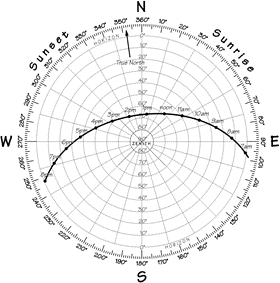
Jyotiṣa concepts
Of all that is created, the consciousness of the self, called ahaṁ or atman is the first. In jyotiṣa this is the स्व (sva) meaning ‘self’ extended to स्वांश (svāṁśa) meaning aspects and attributes of the self. It carries in itself the ego, the concept of its uniqueness or individuality and is haughty in due to misplaced faith in its continued perpetual existence. Conceptually ahaṁkāra is from ‘ahaṁ, the ‘I’ factor and ‘kāra’ refers to the (1) any created being or thing or (2) to do, as action. Ahaṁkāra contains within itself two concepts – (1) that the created being or things has an independent identity, where its uniqueness is identifiable in about 24 ways called ‘nāma’ tattva and (2) that it has a purpose to its coming into existence which is its ‘karma’ related to ‘to do’. The third concept is related to its misplaced ignorance (3) that it shall continue to exist for perpetuity in whatever state it is in whereas it is always given a fixed time for a particular state of existence and this is āyus (longevity).
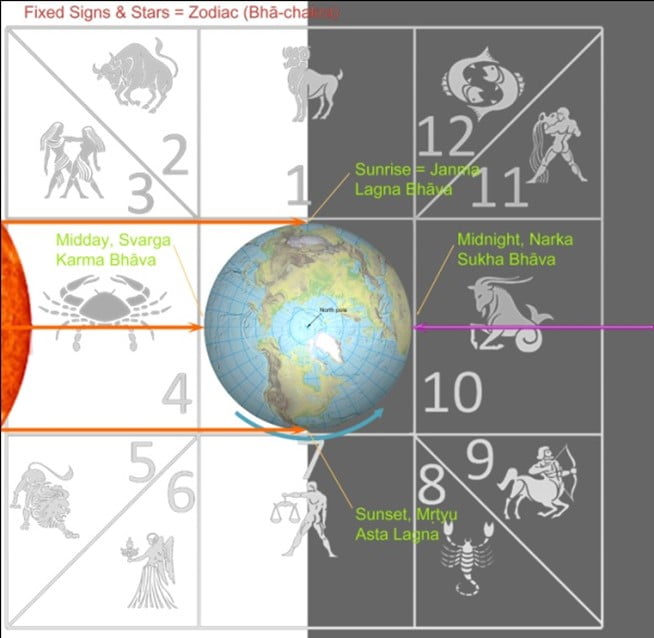
In jyotiṣa these are called the
- Lagna bhāva (nāma tattva) which is identified as the ascendant in the eastern horizon and is identified with birth (janma) and creation (sṛṣṭi)
- Karma bhāva which is the mid-heaven called svarga (heaven) and like the eagle in the sky, looks at all our actions by which either the doors of heaven shall open or we shall go in the opposite direction called narka (hellish regions).
- Mṛtyu bhāva signifying death or that which is opposite the lagna bhāva (janma) signifying birth. It is the western horizon called the descendant
- Āyus bhāva signifying continued life (longevity) that which follows the mṛtyu bhāva (comes after the death or descendant). It prevents death by ensuring that life is stretched for some more time. When it does not rise after the mṛtyu bhāva, then death has surely occurred.
Based on the above, there are three factors that decide the continued existence of any being – animate or inanimate. These are lagna, karma and āyus bhāva. The nāma (name) is associated with an identifiable body and this changes with each incarnation implying that ahaṁkāra is the manifested body with all its attributes.
Antaḥ-karaṇa
Antaḥ-karaṇa refers to the four inner organs of the self. The inner organ called antaḥkaraṇa is composed of four parts which are ahaṁkāra, buddhi, manas and chitta. This antaḥkaraṇa is the inner seat of all thought and feeling. The part of the mind which perceives the messages of the senses is the manas. The understanding of the same comes from the discrimination power associated with the buddhi, the thinking faculty of antaḥkaraṇa. The way one reacts shall depend on the chitta which is the heart of the antaḥkaraṇa where wisdom and knowledge reside. The one who is enjoying everything as an individual entity is the ahaṁkāra, the ‘sva’.
Ahaṁkāra Mūrti – Brahma [Venus]
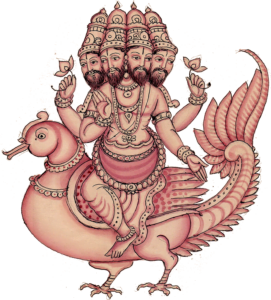
The icon (mūrti) of ahaṁkāra is Brahma who predominates with rajas guṇa. Therefore among the three guṇa, the first to arise in ahaṁkāra is rajas guṇa – how else can creation have occur. Yet ahaṁkāra is separate from the guṇa and is an instrument of the ahaṁ, the soul for which, in jyotiṣa we have the ātmakāraka principle. The ahaṁ is like a sleeping baby without any consciousness of its own and then it receives a tiny spark from the ‘cit’ (chitta) which is like the first ray of sunrise that awakens it to a new day, a new life, a new awareness. This awakened ahaṁ is then represented by the ātmakāraka and the spark that awoke it to life, the ‘cit’ is its dharma. This ahaṁkāra immediately assumes its kingship over all other three parts of the antaḥkaraṇa and believes that it is the sole author and dictator of all the actions and functions of buddhi, manas, and chitta. The chitta being the spark of dharma manifests as the control function of the indriya which includes the jñāna indriya – organs of senses and karmendriya – organs of action. In this manner ahaṁkāra assumes dictatorship and claims authorship of everything identifiable with itself.
This whole thing is one big lie and sinful in that the ahaṁkāra does not accept its creator father and rebels against him – a battle between Brahma and his creator Viṣṇu is told in the Śiva purāṇa. This greed or covetousness is a marked feature of its nature and this is the manifestation of the predominant rajas guṇa. In that episode the lies of Brahma are exposed by Śiva, Brahma loses his head (implying destruction of ego) and he accepts Viṣṇu as his father and worships his creator Viṣṇu.
In jyotiṣa, Venus symbolizes creatures (beings) with a predominance of rajas guṇa and particularly desire associated with sexuality and procreation is seen as the dominant feature of their existence. When we read about Brahma in the scriptures, when not involved in yajña or Vedic study, he is always involved in procreation and has perpetuation of all beings as his single primary motive of existence. Śiva when chiding Bhṛgu had said that he belongs to the same lineage as the Creator Brahma and this is the Venus lineage (Para 7.2.2, Page 99). Every time Brahma had children, all he was interested in was that they start producing more beings, and when they became recluse and spent their entire existence in meditation, he would be furious.
Based on Brahma, Venus came to symbolize everything associated with procreation including entertainment, cosmetics and things that give good attractive looks making others lustful, lust itself and finally the sperms and eggs as well as the body parts (sexual organs) that are associated with procreation.
Ahaṁkāra śaktī – Vāc [Mercury]
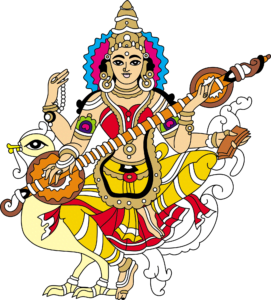
Ahaṁkāra is associated with वाक् (vāk – manifested sound) and वाच् (vāc – root sound) and in some monotheistic philosophies śabda-brahman is equated with vāc, in others like Pañca-rātra they are seen as separate with vāc being a feminine personification – śaktī, normally as Sarasvatī and Bhāratī. At its highest level, vāc is (1) parā vāc ॐ (auṁ) also called nāda. This has a decreasing level of subtlety to (2) paśyantī, (3) madhyamā and (4) vaikharī vāc. Lakṣmī tantra equates the nāda (parā vāc) with Vāsudeva ॐ (auṁ); bindu (paśyantī vāc) with Saṅkarśaṇa, madhyamā vāc with Pradyumna and vaikharī with Aniruddha. However, the Pañca-rātra school, makes this a little more complicated. There are different personifications of vāc as well.
Sarasvatī (para vāc) represents vibration (spandana) which is the source of all waves – light, heat, sound, electromagnetic, dark energy etc, and rides the haṁsa (soul personified as swan). Vāc is the daughter of ṛṣi Ambhṛṇa and ‘queen of the gods.’ She is the personification of speech and oral communication and, is believed, to be able to lead a man to become a Brahman. Vac also personifies truth and sustains soma, the liquid essence of vision and immortality.
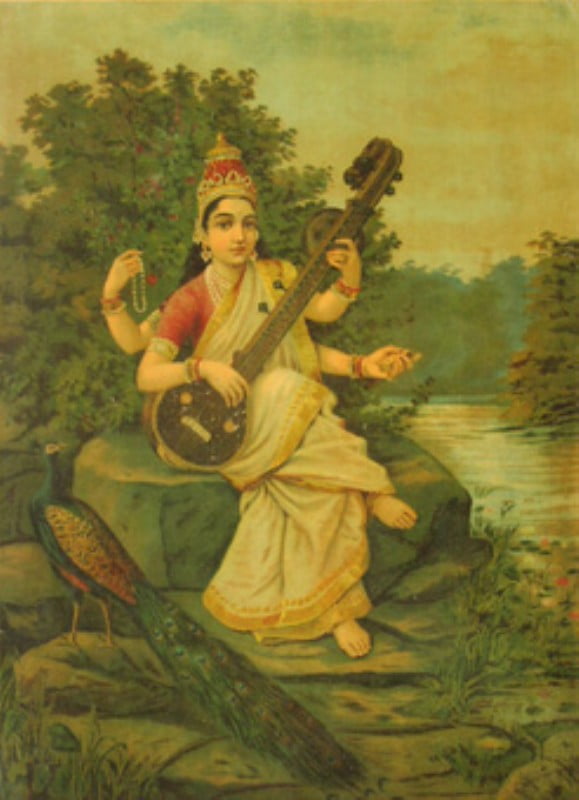
Notice the peacock in the picture. She holds the viṇā in two hands and book in the other.
Vāc as Śāradā (also Sāradā) is the goddess of rhythm and is seen as riding the peacock symbolizing the ākāśa tattva which gives rise to sound. She holds a particular viṇā (lute) bearing her name and is the cause of sound waves.
Audible sound waves which varies from one creature to another. Physical sound needs a medium for manifestation and travel – it cannot travel in a vacuum. Sound waves can travel through solids (pṛthvi), liquids (jala) and gases (vāyu). Yet we hear sounds in our mind and in our sleep and thoughts occur in the mind with sound manifesting as complete sentences or sometimes meaningless sounds as well or animal sounds. The rhythm with which all sound is created is a wave form and is called chandas which is the real śaktī, and this is Śāradā-Sarasvatī.
Language is manifested sound and is a manifested form of Śāradā. For example we have Bhāratī as the mother of Sanskrit. Ponder a little over saṁ (auspicious) and kṛta (benevolent, pure like kṛta yuga) which are the roots of the word. And every language must have alphabets which define the forms of the manifested sound which again are manifested forms and are called Mātrikā. Sanskrit has 50 alphabets which are in three groups of squares defined by the equation – 32 + 42 = 52 à 9 (semi-vowel: mind) + 16 (vowels: soul) = 25 (consonants: body) and we have the total number of alphabets as 9 + 16 + 25 = 50. There are a few other alphabets which do not find a place in this scheme but are a part of the total alphabet structure – the four alphabets ॐ (oṁ) ळ (ḻa) क्ष (kṣa) ज्ञ (jña), which technically bring the total manifested alphabets to 54, which are the 54 deva (refer ‘Foundation of Jyotiṣa’ paper).
As Vāc Aditi, she is a daughter of Dakṣa and consort of Kaśyapa, giving birth to the 12 Āditya with the 12 vowels अ आ इ ई उ ऊ ए ऐ ओ औ अं अः (a ā i ī u ū e ai o au aṁ aḥ) which are the 12 Vedic signs. The remaining four vowels ऋ (ṛ) ॠ (ṝ) ऌ (ḷ) ॡ (ḹ) cause the manifestation of dharma – satya [ऋ (ṛ)] and ṛta [ऌ (ḷ)]. Mātrā means measuring out and these vowels are the mātrā or measure of the sky by which the signs manifest. Each mātrā measures 30° of arc (12×30°=360°). These are symbolized by animal figures showing the creatures they cause to manifest in the earth.
| Vowel | Rāśi | Sign | |
| अ | a | Meṣa | Aries |
| आ | ā | Vṛṣabha | Taurus |
| इ | i | Mithuna | Gemini |
| ई | ī | Karkaṭa | Cancer |
| उ | u | Siṁha | Leo |
| ऊ | ū | Kanyā | Virgo |
| ए | e | Tulā | Libra |
| ऐ | ai | Vṛścika | Scorpio |
| ओ | o | Dhanus | Sagittarius |
| औ | au | Makara | Capricorn |
| अं | aṁ | Kumbha | Aquarius |
| अः | aḥ | Mīna | Pisces |
Since everything is created from sound, we now know how the twelve sun signs called dvādasa āditya were created from the vowels and just as all sound must manifest with the support of the vowels, so also everything in this manifested universe has manifested through these twelve āditya – the zodiac signs.
Further, we now know that all of this creation is the manifestation of Brahma and Sarasvatī through the seers – ṛṣi who are the prajāpati representing the creator and their spouses representing Śāradā-Sarasvatī. In this manner everything was created from sound – the nakṣatra, rāśi, navagraha and all that we know or don’t know of, in this manifested universe finds its Vedic roots in sabda, the sound of creation. We learn more about Sanskrit and creation in subsequent lessons. We too are a creation from sabda – a ṛṣi and mātrikā are the source of the seed, that is ‘I’ – tat tvaṁ asi and our secret key to enlightenment lies in this mahāvakya, in knowing our creator ṛṣi and mātrikā.
Some Sanskrit Learning Sources
http://www.tilakpyle.com/sanskrit_alphabet.htm – Learn pronunciation
http://en.wikipedia.org/wiki/Sanskrit Alphabets
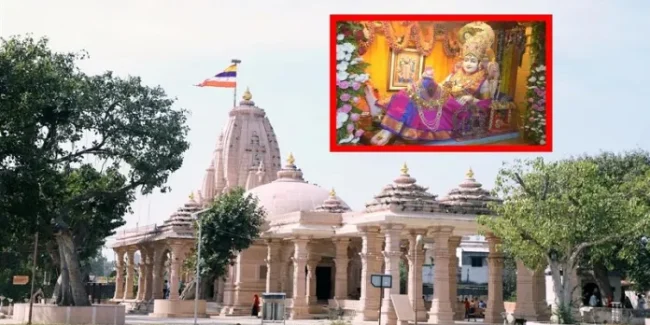
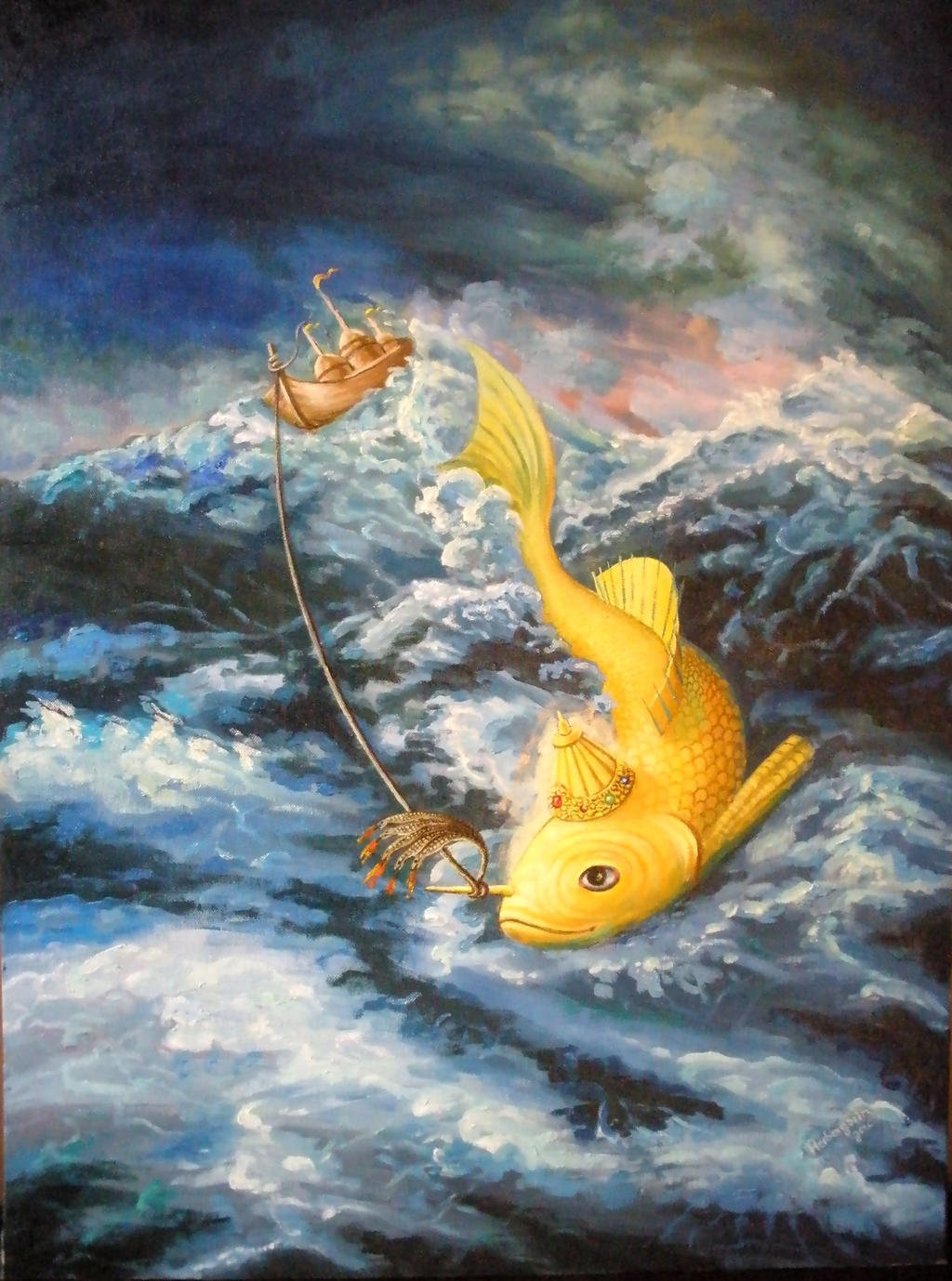
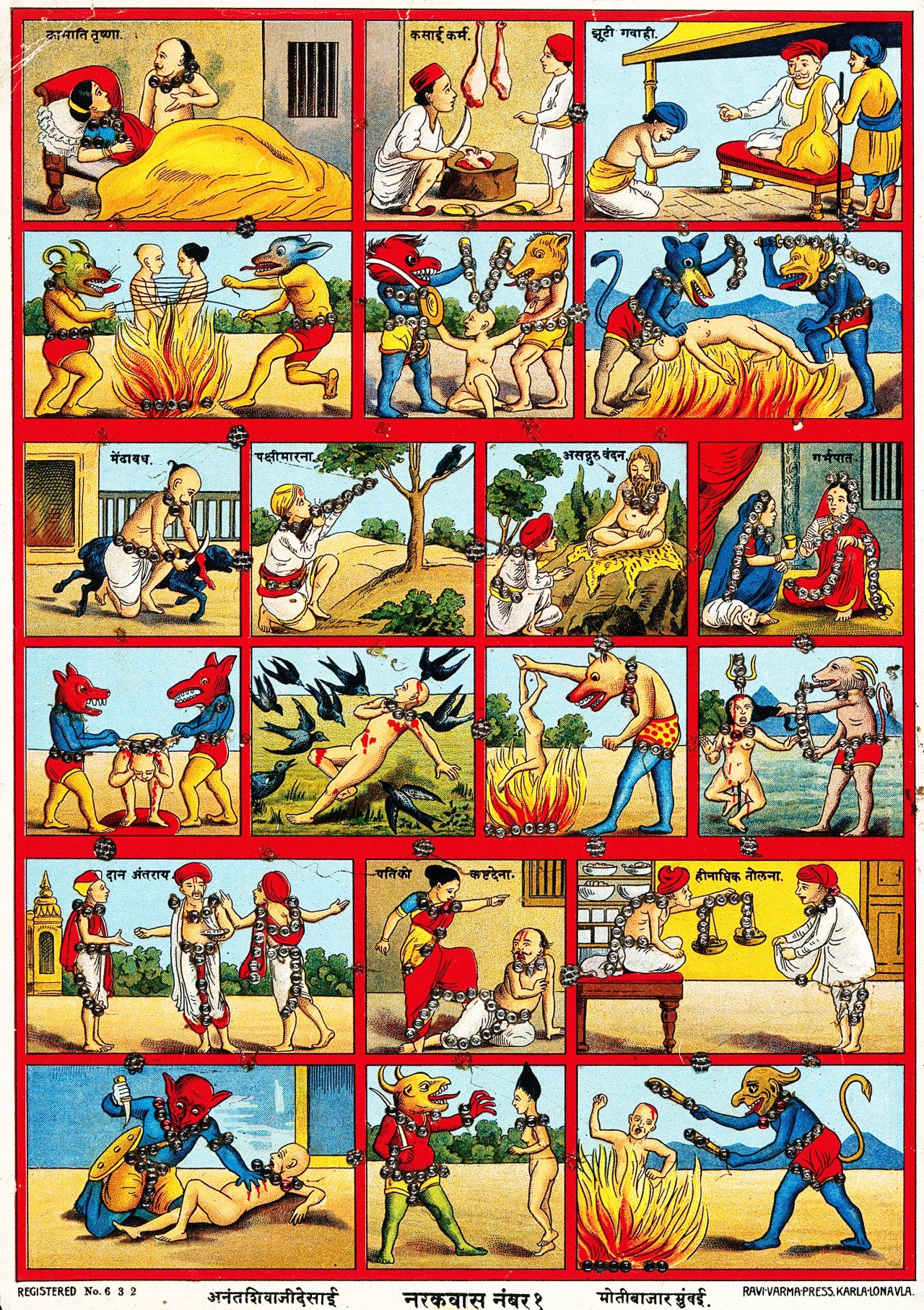

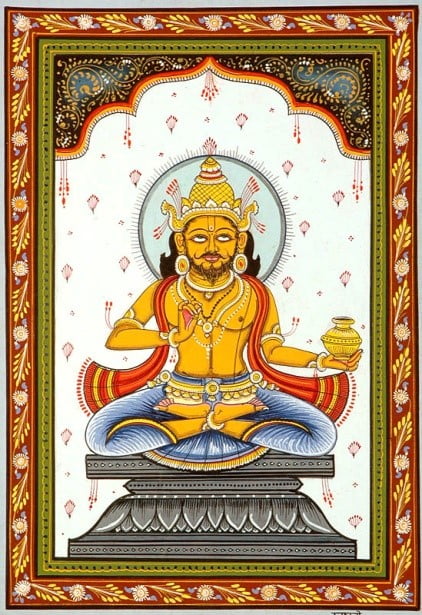
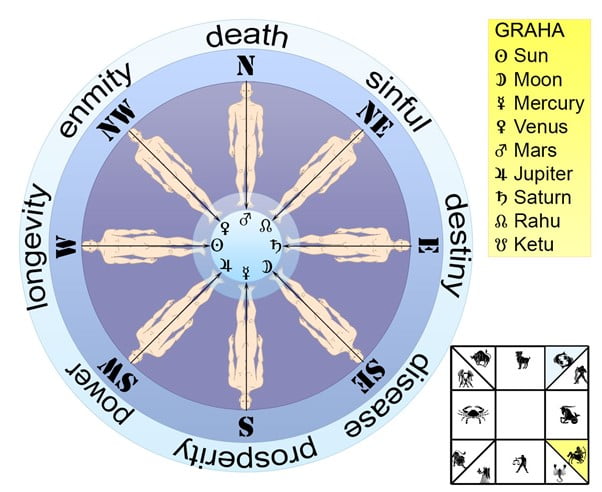
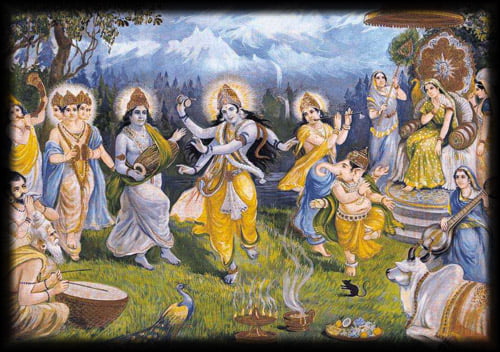
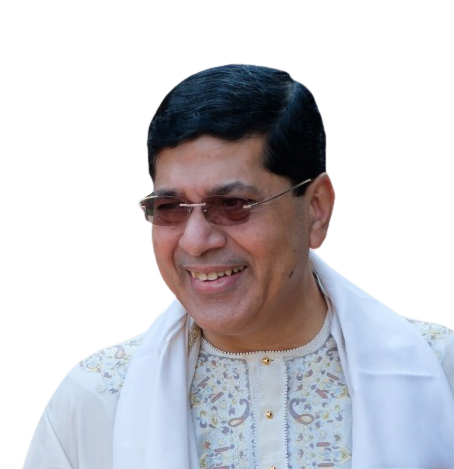
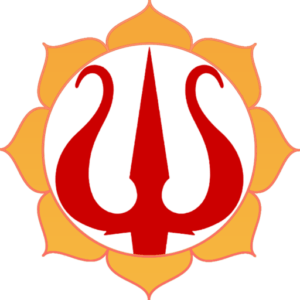
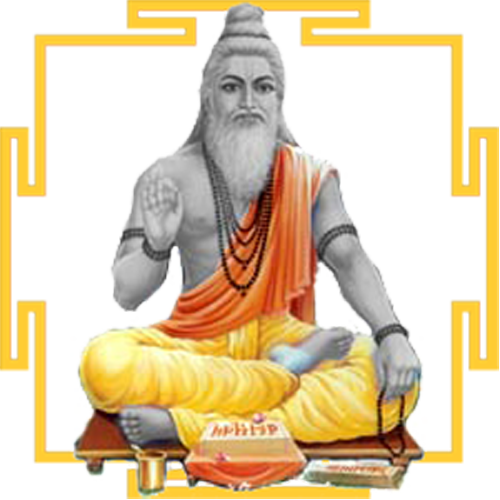 DBC offers online courses in jyotish (Vedic Astrology) taught directly by Sanjay Rath as per the tradition, through narrated power points and other audio tools. The courses are at different levels, from the beginners through the intermediate to the advanced and are known as SoHamsa | DBC courses, with individual classrooms and assistant teachers
DBC offers online courses in jyotish (Vedic Astrology) taught directly by Sanjay Rath as per the tradition, through narrated power points and other audio tools. The courses are at different levels, from the beginners through the intermediate to the advanced and are known as SoHamsa | DBC courses, with individual classrooms and assistant teachers
 Sagittarius Publications is the publisher and distributor the popular quaterly magazine the Jyotish Digest, as well as many thorough books on the subject of Vedic Astrology or Jyotish.
Sagittarius Publications is the publisher and distributor the popular quaterly magazine the Jyotish Digest, as well as many thorough books on the subject of Vedic Astrology or Jyotish.